
C
hronic obstructive pulmonary disease (COPD) is a disease in your lungs that damages both your airways and the lung tissue, all of this damage makes it very difficult to breathe and causes other significant side effects that will impact your wellbeing. If you have COPD, you may have obstructive bronchiolitis, emphysema, or a combination of the two conditions.
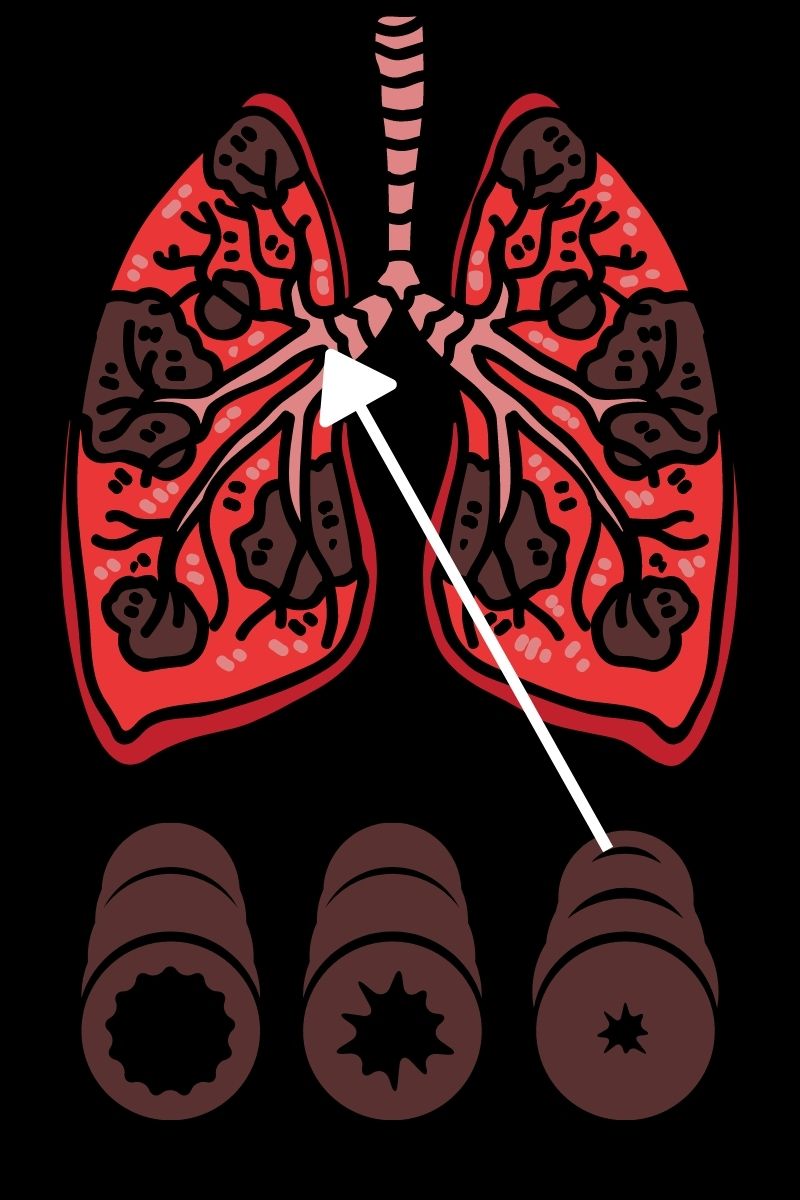
After being diagnosed with COPD, you will likely be exposed to several different kinds of medicines to help control your symptoms. These medications can help improve your quality of life, but it will not cure COPD. In fact, there is no cure for COPD, therefore, in this article will explain the different types of medicines used for COPD and how you can get the most out of these medications. For more information on COPD, see our LPT medical resource center
All of the COPD medications and treatments can end up being very confusing to a COPD patient, so we took the time to break it down. In this article you will find:
{{cta('fa8abc2a-1e88-4fa3-82fd-1cb5b9ed43b2','justifycenter')}}
- Managing your COPD medication
- COPD Medication
- Inhalers
- Tablets
- Steroids
- Antibiotics
- Side effects of COPD medications
- Reducing side effects of COPD medication
- COPD treatments
- Pulmonary rehabilitation
- Oxygen therapy
- Side effects of COPD treatments
- Reducing side effects from COPD treatments
Managing all of your COPD medication

Before we get into specific COPD mediation, we thought it would be helpful to give you some tips on how to manage your COPD medication to the best of your ability. Simply dealing with a chronic illness is hard enough, so we compiled some ways you can take control of your medication.
The first and most important step in managing your COPD medication, is to develop a good system and then to make that system into your daily routine. Because your life and your condition is unique to you, your system should be individualized to meet your needs, but we have created an outline you can follow when developing your system, so make changes as you see fit.
-
You can start by taking your medications in conjunction with your other daily routines or habits. For example, keep your morning and evening medications near your toothbrush. Then, when you brush your teeth in the morning and evening, you also take your medications.
-
If you take pills several times throughout the day you can avoid forgetting to take your medication by using a watch or a phone with an alarm. Set the alarm for each of your scheduled medication times.
-
If you do not already have a pillbox with different days of the week you can get one of those. There are also pillboxes with each day of the week and and even different times during the day. With this method, you can plan out a week's worth of medication at the beginning of every week as a part of your Sunday or Monday routine. You will also know when or if you miss any doses.
-
Sometimes it can be challenging to organize your pillbox so ask for help - from a family member, caregiver or friend, even someone in your doctor's office.
-
You can also keep track of your medication everyday by writing in a journal. This can help you decipher which medications you are taking are giving you bad side effects. Having a journal also help you to remember when you took your medication so you don't miss any doses.
-
Always have a backup medication on trips away from home and other adventures. This way you have a full day's worth of medication should something come up.
-
If you continue to experience unpleasant side effects from your medication, write it down and try to decipher which medication is effecting you adversely. Your doctor may try to change the dose, and if that doesn't relieve your side effects they may change your medication.
-
If you are unsure how to take your inhaled medication, you can have your health care provider watch you take your inhaled medication to make sure you are doing it correctly. Ask for any pointers that might improve your technique so your medication can actually help you.
-
Bring you medications with you on your carry-on bag when you are traveling. Be sure to keep a copy of the prescriptions for your medications also.
- If you are traveling with oxygen click here, to learn more about oxygen therapy and travel.
If you're still having a hard time managing your medications, ask your doctor for more suggestions, and involve the people in your life who love and care for you.
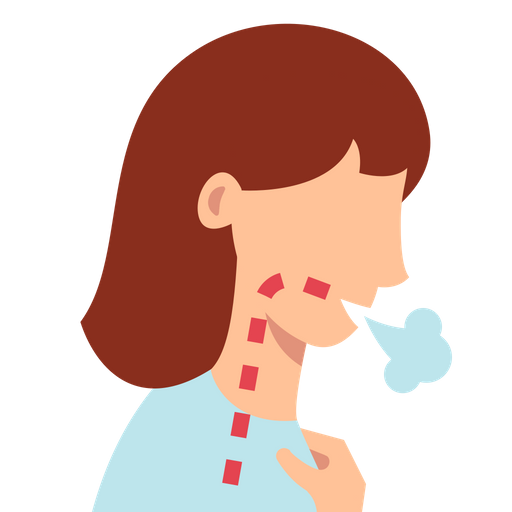
Inhalers
If COPD is affecting your breathing, you'll usually be given an inhaler. Inside of your inhalers are Bronchodilators, this is the medication that you breathe in making it easier to breathe by relaxing and widening your airways.
There are different kinds of bronchodilators, and they will all affect you differently. The different types of bronchodilators depend on three things:
- Chemical make-up
- How fast it works
- How long it lasts
There are short-acting, long-acting, also known as beta agonists and anticholinergics medications, and then there are steroid inhalers. All of which are used for different purposes.
Short-acting bronchodilators
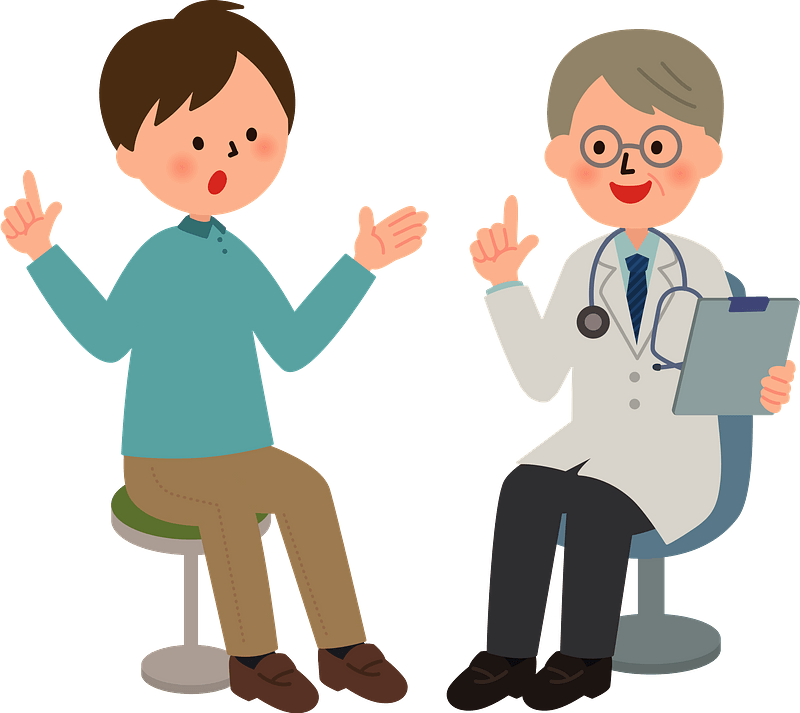
Short-acting Bronchodilators open up your airways fast; they are also known as "quick-acting," "reliever," or "rescue" medications. These medications will relax the muscles that surround your airways, allowing the tubes in your lungs to open up quickly, making it easier to breathe in the case of a COPD exacerbation, or if you are exercising and need to open your airways fast for a short amount of time.
Overall, short-acting inhalers work quickly and are used for the short term management of exacerbated COPD symptoms or episodes so you can get relief from breathlessness fast.
You should only use short-acting bronchodilators up to a maximum of 4 times a day, but this is different for everyone. You and your doctor should discuss in detail when and why you should choose your short-acting inhaler over another medication in different scenarios.
Here some examples of short-acting bronchodilators:
- Albuterol
- Metaproterenol
- Levalbuterol
- Pirbuterol
You may have some side effects depending on the type of short-acting bronchodilator that you use, and how it affects you.
Side Effects of Short-Acting Inhalers

There can be some side effects after taking a short-acting inhaler.
Albuterol is one type of short-acting bronchodilator. It provides relief from an asthma attack or COPD exacerbation and it is usually taken in one of four ways: Albuterol can be taken as:
1.) An inhaler
2.) A nebulizer
3.) A pill
4). A liquid.
Side effects of albuterol include the following:
- Nervousness
- Shakiness
- Headache
- throat or nasal irritation
- Muscle aches.
More-serious — though less common — side effects include:
- A rapid heart rate
- Feelings of fluttering or a pounding heart (palpitations)
Some people may find that dealing with these side effects of albuterol to be intolerable, in which case you can talk to your doctor about the following options:
- Changing delivery method
- Side effects are less likely if you use an inhaler instead of taking a pill or liquid
- If you use a nebulizer to inhale the drug, you may lessen symptoms if you can switch to a metered dose inhaler
- If you already use a metered dose inhaler, symptoms may be reduced if you use a spacer or chamber device, which is attached to the inhaler.
- Taking one puff of albuterol, rather than two puffs, will provide good relief of symptoms with fewer side effects.
- Switching to a different prescription drug that may have fewer side effects for you
Over-all, the severity of side effects depends on how much of the drug you take. Short-acting bronchodilators are intended to treat exacerbated symptoms, therefore it is not intended for long-term disease management. This means that if you are taking frequent doses you will likely experience more severe side-effects, and you and your doctor should discuss your overall treatment plan to reduce exacerbation symptoms.
Long-acting Bronchodilator
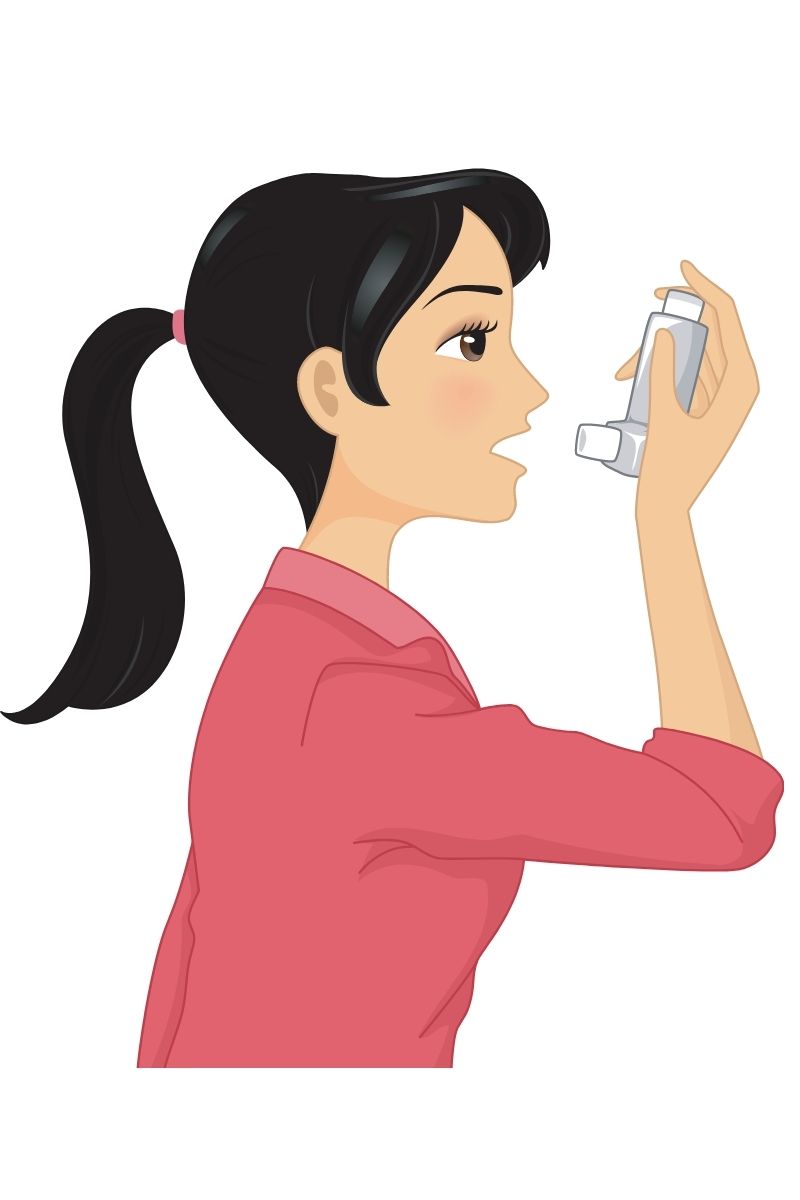
If you experience symptoms consistently throughout the day, you will likely be prescribed a long-acting bronchodilator inhaler. These medications will provide you with extended control over your symptoms.
This is a similar medication to short-acting bronchodilators, but the difference is that each dose lasts for at least 12 hours, and will only need to be used once or twice a day and it will take longer to initiate. The purpose of long-acting bronchodilators is to keep your airways open for long periods of time.
There are 2 types of long-acting bronchodilator inhaler:
- beta-2 agonist inhalers – Example: salmeterol, formoterol and indacaterol
- antimuscarinic inhalers – Example: tiotropium, glycopyronium and aclidinium
If you start to experience harsh side effects from your medication, you should speak with your doctor about your prescription because you might be getting too much medication with every dose or you might need a different bronchodilator to help with your symptom management.
Long-acting Bronchodilators side effects
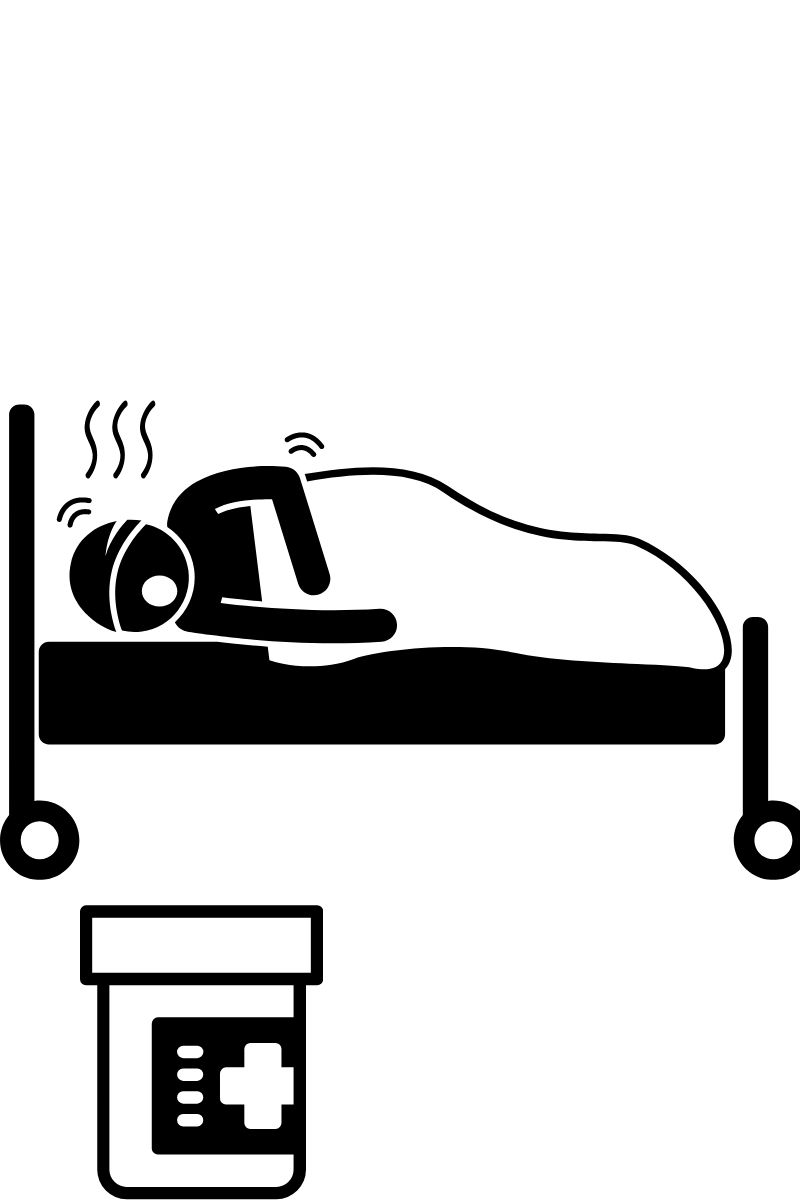
Bronchodilators can have side effects such as:
- Nervous or shaky feeling
- Higher heart rate or palpitations
- Upset stomach
- Trouble sleeping
- Muscle aches or cramps
More serious side effects include:
- blurry vision
- rapid or irregular heart rate
- an allergic reaction with rash or swelling
Steroid inhalers
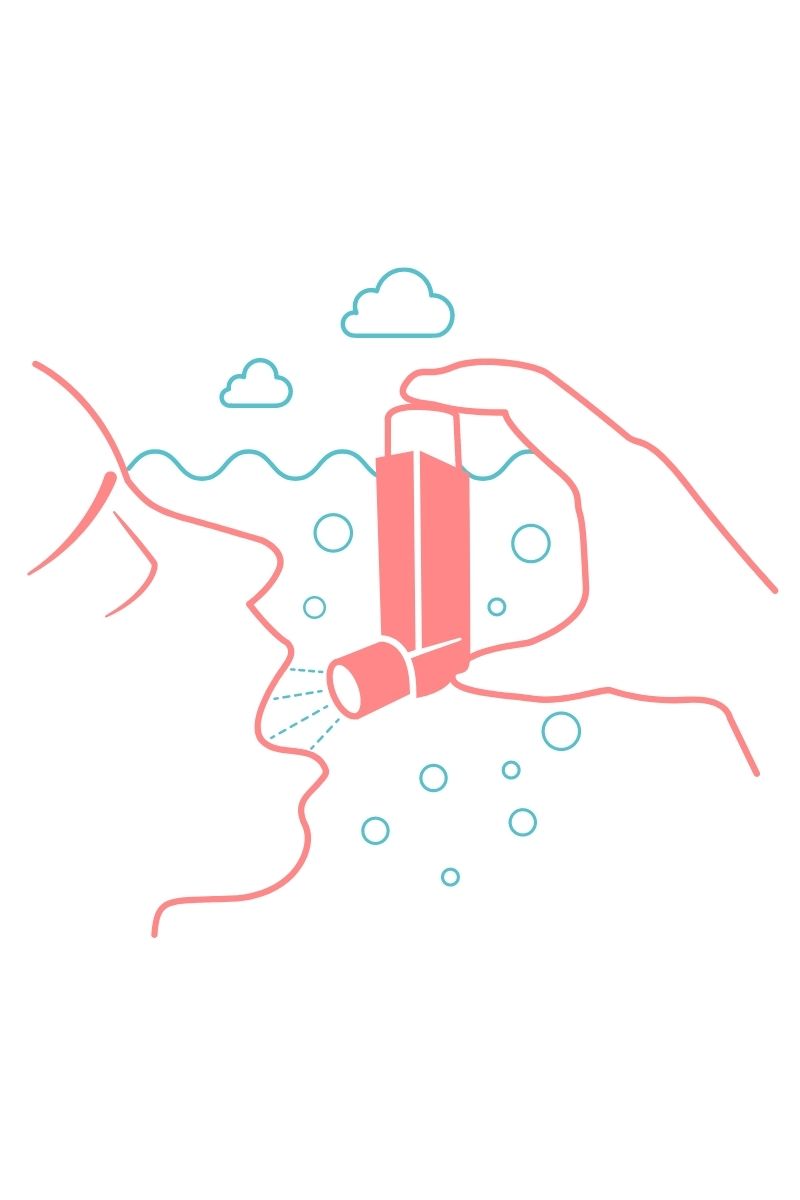
After some time with a long-acting inhaler, if you start to notice that you are still becoming breathless or if you are having frequent COPD flare-ups (exacerbations), your doctor may suggest including a steroid inhaler as part of your treatment.
You can use an inhaler or a nebulizer to deliver steroids directly into your lungs. Oral steroids are less effective for people whose symptoms are stable. A nebulizer turns the medicine into a fine aerosol mist pumps the mist through a flexible tube and into a mask that you wear across your nose and mouth
{{cta('b59df0c1-c4de-47a8-8e1c-0d33d4b414aa','justifycenter')}}
Inhaled steroids tend to be used as maintenance medications to keep symptoms under control for the long term. They also are normally prescribed as part of a combination inhaler that also includes a long-acting medicine.
Some inhaled steroids are more concentrated and powerful so that they can help control more advanced COPD symptoms. Milder forms of COPD may be controlled by weaker doses.
Inhaled steroids aren’t meant for fast relief from a COPD flare-up. In these instances, an inhaled drug called a bronchodilator can help relieve coughing and help you catch your breath.
Side effects of Inhaled Steroids

The possible side effects of inhaled steroids include:
- Sore throat
- Cough
- Infections in your mouth.
You could also experience an increased risk of pneumonia with the long-term use of inhaled steroids. To reduce this risk of oral infection, rinse your mouth and gargle with water after you use the inhaler.
Tablets
It is possible that your symptoms cannot be controlled with your inhalers alone, so your doctor may recommend taking tablets or capsules as well.

Theophylline tablets
Theophylline is another form of a bronchodilator, it works by reducing the swelling in your airways and relaxing the muscles.
These Theophylline tablets or capsules are usually taken twice daily. To reduce your chances of experiencing side effects from tablets, you may also need to have regular blood tests during treatment to check the level of medicine in your blood.
Possible side effects of COPD tablets
Side effects you may experience from this COPD medication are as follows:
- Feeling and being sick
- Headaches
- Difficulty sleeping (insomnia)
- Pounding, fluttering or irregular heartbeats (palpitations)
- Sometimes a similar medicine called aminophylline is also used.
Mucolytics
If you experience a bad chesty cough and lots of thick phlegm, your doctor may recommend taking a mucolytic medicine called carbocisteine.
Mucolytic medicine will thin out the phlegm in your throat making it easier to cough up and remove from your airways, subsequently making it easier to breathe.
Steroid Tablets

If you have particularly bad flare-ups often, you may be prescribed a short course of steroid tablets to reduce the inflammation in your airways and help bring your symptoms back down to manageable levels. Your doctor may give you a supply of steroid tablets to keep at home to take as soon as you experience a bad flare-up.
After this, you will be monitored closely for side effects of the medication and if you need a stronger set of steroids to manage your bad flare-ups, you can be tested for that.
Long-term use of steroid tablets can cause troublesome side effects, so you want to be sure you only take these tablets when necessary for no longer than they are prescribed to you.
Side effects of steroid tablets
If you do take these steroid tablets for a extended amount of time you may start to experience side effects such as:
- weight gain
- mood swings
- weakened bones (osteoporosis)
Antibiotics

There are times when your doctor may prescribe a short course of antibiotics if you start to experience symptoms of chest infection, such as:
- Becoming more breathless
- Coughing more
- Changes in the color (such as becoming brown, green or yellow) and/or consistency of your phlegm (such as becoming thicker)
If you are prone to chest infections, you may need to have antibiotics on hand for when you do.
Once you are capable of recognizing an infection in your respiratory system, you may be given a course of antibiotics to keep at home and take as soon as you experience symptoms of an infection.
Overview
Depending on your health and your COPD, different variations of the medications listed in this article may be a part of you COPD treatment regimen. If you have another disease such as heart disease along with COPD there are other medications not mentioned that you will likely start taking daily.
Dealing with COPD is challenging on its own, and when you also have to be weary of medications and its side effects, there are even more challenges to face.
We recommend keeping a health journal so that you can keep track of how the medications you take makes you feel, this will also help you stay on track of your medication so you can be sure that you are doing it all correctly.

If you do not like journaling, try to find another organizational method that will help you stay on track with taking your correct medications at the correct times.
If something is making you feel unwell and the side effects are very noticeable, let your doctor know so they can either adjust the amount of medication you are taking, or switch you to a new medication that might give you less side effects.
Sometimes COPD medication can be a trial and error type of process, so be patient and stay optimistic that your medication will eventually help you to live a healthier lifestyle.
That being said, medication alone cannot treat your COPD, there are other very important lifestyle changes you should make in order to best treat your COPD. This includes eating a healthy diet, exercise regularly, taking pulmonary rehab, and utilizing oxygen therapy if you need it.

